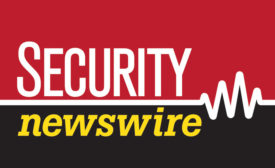Home » intrusion detection
Articles Tagged with ''intrusion detection''
Updating Cyber Threats on the Radar for 2014
Small business doesn’t necessarily mean small data.
January 6, 2014
Security News -- Airport Security
Stranded Jet-Skier Breaches Security at JFK Airport
August 13, 2012
Sign-up to receive top management & result-driven techniques in the industry.
Join over 20,000+ industry leaders who receive our premium content.
SIGN UP TODAY!Copyright ©2024. All Rights Reserved BNP Media.
Design, CMS, Hosting & Web Development :: ePublishing









